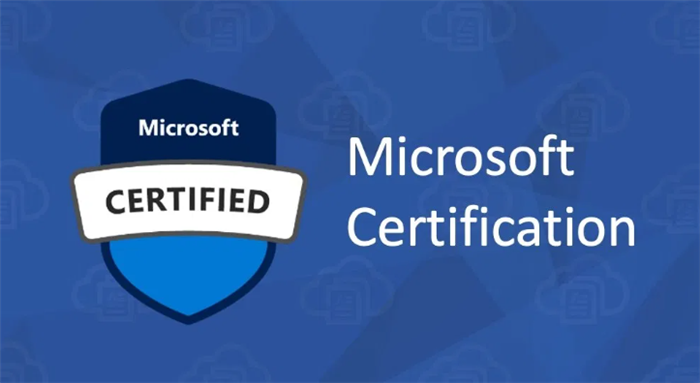LinkedIn for HR: In the dynamic and interconnected world of Human Resources (HR), establishing a robust online presence is indispensable. Among the myriad of platforms available, LinkedIn stands out as a powerful tool for HR professionals. This comprehensive guide delves into the essential skills needed to navigate LinkedIn successfully in the HR domain, providing practical strategies, insights, and a wealth of information to bolster your digital presence.
Table of Contents
ToggleUnderstanding the Landscape
Navigating the HR Landscape on LinkedIn
LinkedIn isn’t just a virtual resume; it’s a dynamic space where professionals engage, learn, and network. For HR professionals, this platform offers a unique opportunity to stay updated on industry trends, connect with peers, and source potential talent. Joining and participating in HR-related groups can provide valuable insights and exposure to diverse perspectives within the field.
Building a Strong LinkedIn Profile
Your LinkedIn profile serves as your digital business card. It’s imperative to optimize it for maximum impact. This includes a professional photo, a compelling headline that succinctly captures your role and expertise, and a well-crafted summary that highlights your journey in HR. Utilize the platform’s features to showcase your skills, endorsements, and recommendations.
Why Investing in a Data Science Certification is Worth Every Penny
Essential Skills LinkedIn for HR
1. LinkedIn Recruiter Skills
Boolean Search Mastery
Boolean search is a fundamental skill for HR professionals using LinkedIn. It involves using operators like AND, OR, and NOT to refine search queries. A mastery of Boolean logic enhances the precision of candidate searches.
Tip: Utilize parentheses for complex searches, and experiment with different combinations of keywords and operators.
Talent Pipelining
Proactive talent acquisition involves building pipelines of potential candidates before specific roles are even available. This strategic approach ensures a pool of qualified individuals ready to be engaged when opportunities arise.
Tip: Regularly update and nurture your talent pipeline to keep candidates engaged and interested.
InMail Best Practices
LinkedIn’s InMail feature is a powerful tool for reaching out to potential candidates. Crafting personalized and compelling InMail messages is an art. Effective communication through InMail can significantly improve response rates.
Tip: Tailor your messages to the individual, highlighting why their profile caught your attention and expressing genuine interest.
2. Networking Skills
Connection Strategy
Building a meaningful network involves more than just accumulating connections. Develop a strategy for connecting with HR professionals, industry leaders, and potential candidates. Personalize connection requests to increase acceptance rates.
Tip: Include a brief message explaining your shared interests or the value you can bring to their network.
Group Participation
Active involvement in HR-related groups on LinkedIn provides opportunities to engage with discussions, share insights, and learn from peers. It also helps in expanding your network and establishing your presence as a thought leader.
Tip: Contribute thoughtfully to discussions, share relevant articles, and initiate conversations to enhance your visibility.
3. Brand Building Skills
Content Creation
Creating and sharing valuable content is a cornerstone of brand building. As an HR professional, share insights into industry trends, best practices, and your personal experiences. This establishes you as a thought leader in the HR community.
Tip: Use a mix of content types, including articles, posts, and multimedia, to keep your profile dynamic and engaging.
Endorsements and Recommendations
Seeking and providing endorsements and recommendations can significantly boost your credibility. Positive testimonials from colleagues, clients, or candidates you’ve worked with showcase your expertise and professionalism.
Tip: Be genuine in your endorsements and recommendations, focusing on specific skills or experiences that showcase your strengths.
Strategies for Success
1. Consistent Engagement
Daily Interaction
Consistency is key on LinkedIn. Engage with your network daily by liking, commenting, and sharing relevant content. This keeps you visible in your connections’ feeds and demonstrates your active presence.
Tip: Schedule specific times for engagement to ensure regular and sustained activity.
Personalized Connection Requests
When reaching out to new connections, avoid generic connection requests. Craft personalized messages explaining why you want to connect and how your connection can be mutually beneficial.
Tip: Reference shared interests, group memberships, or common connections to add a personal touch.
Navigating the AWS Cloud: Exploring AWS SysOps Administrator Jobs
2. Utilizing LinkedIn Tools
LinkedIn Learning
LinkedIn offers a robust learning platform with courses covering a wide range of HR topics. Utilize this resource to enhance your skills, stay updated on industry trends, and earn certifications that add value to your profile.
Tip: Set aside dedicated time for continuous learning and explore courses aligned with your career goals.
LinkedIn Events
Stay abreast of HR-related events and webinars through LinkedIn Events. Participating in these virtual gatherings provides opportunities to network, learn from industry experts, and stay informed about the latest HR practices.
Tip: Actively engage during events by asking questions, participating in discussions, and connecting with fellow attendees.
External Resources
FAQs about LinkedIn for HR
Q1: How can I optimize my LinkedIn profile for HR?
Optimizing your LinkedIn profile involves using a professional photo, crafting a compelling headline, and writing a concise yet impactful summary. Highlight key achievements and use relevant keywords.
Q2: How do I effectively engage with candidates on LinkedIn?
Active participation in HR groups, sharing valuable content, and sending personalized connection requests are effective ways to engage with candidates on LinkedIn. Utilize LinkedIn Recruiter tools for targeted searches.
Q3: What content should I share on LinkedIn to build my HR brand?
Share industry insights, trends, and your own expertise. Write articles or create posts on topics such as recruitment strategies, employee engagement, and HR best practices.
Conclusion
Mastering LinkedIn for HR requires a multifaceted approach that encompasses technical skills, networking prowess, and strategic brand-building. By developing these skills and implementing effective LinkedIn strategies, HR professionals can leverage the platform for career advancement, talent acquisition, and industry influence. Explore external resources and FAQs to refine your LinkedIn journey in the HR realm, and embrace the digital landscape with confidence and competence.










